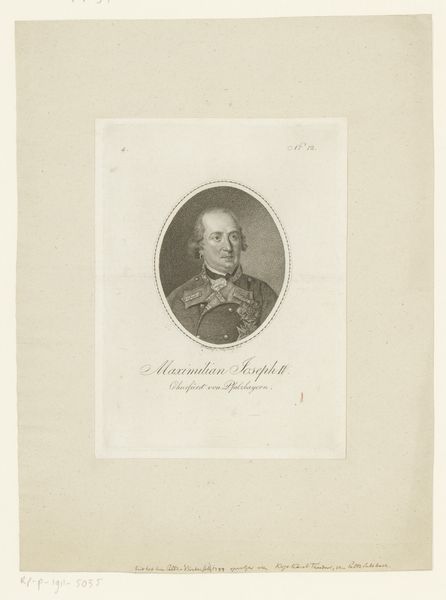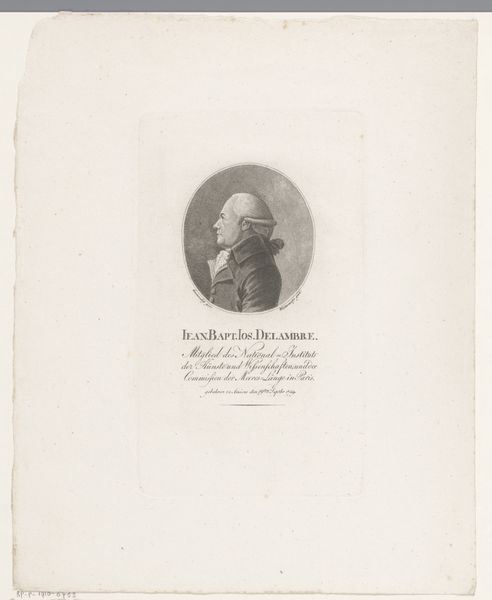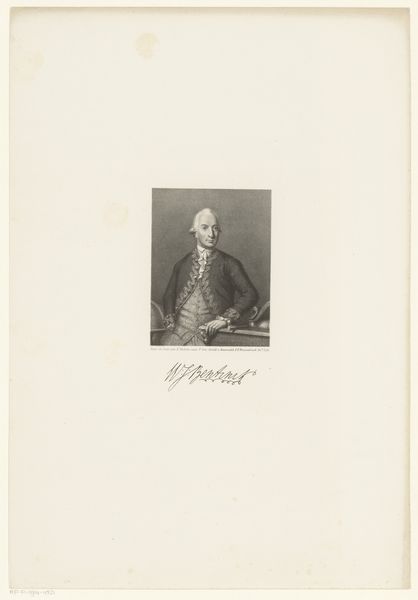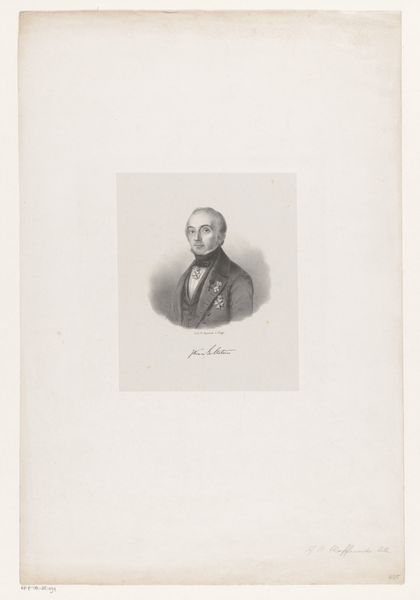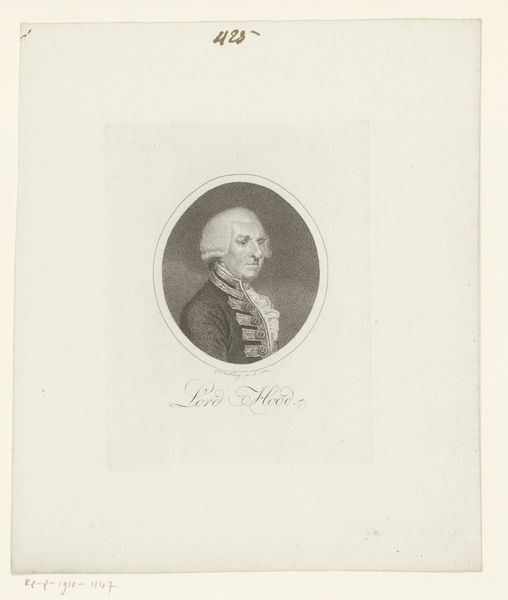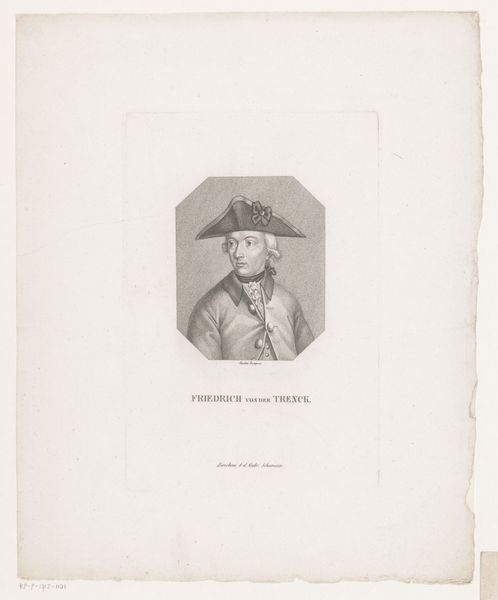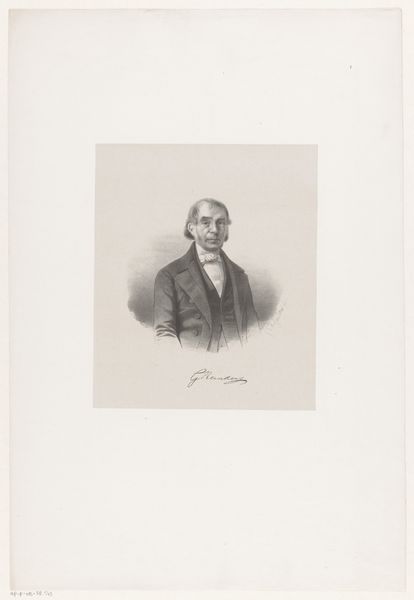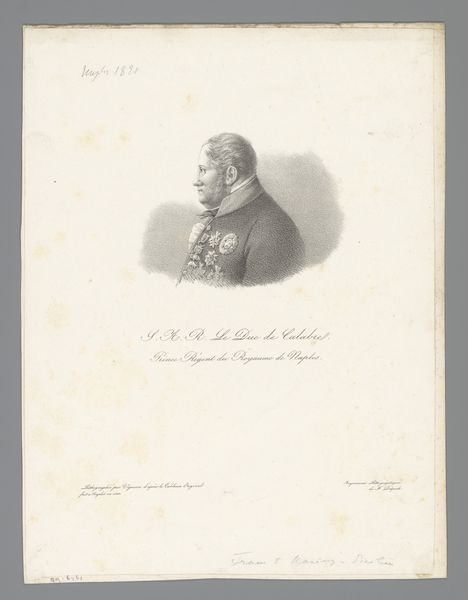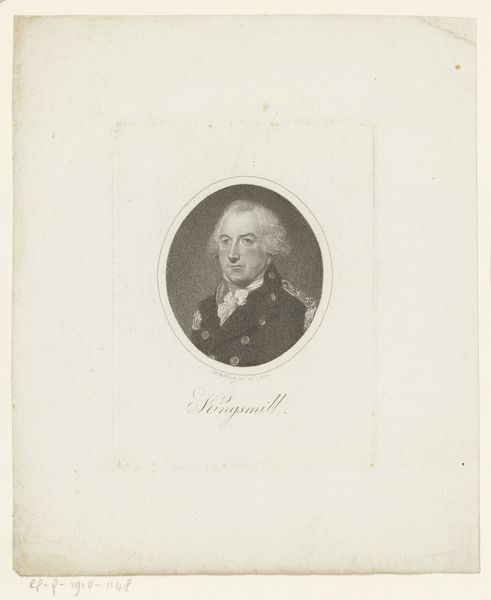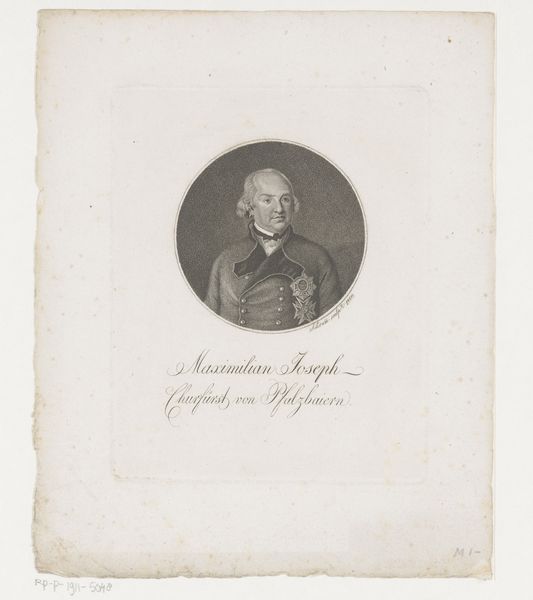
drawing, pencil
#
portrait
#
pencil drawn
#
drawing
#
pencil sketch
#
pencil drawing
#
romanticism
#
pencil
#
pencil work
#
realism
Dimensions: height 164 mm, width 120 mm
Copyright: Rijks Museum: Open Domain
Editor: Here we have Carl Mayer's "Portret van Kisfaludy Sándor," created sometime between 1808 and 1868. It’s a pencil drawing currently held at the Rijksmuseum. There's a stillness, a sort of reserved dignity, in the sitter's expression. What strikes you about it? Curator: What I find compelling is how this portrait, rendered in pencil, speaks volumes about the socio-political climate of its time. This was an era defined by revolution and shifting power dynamics. How does the subject's gaze and attire reflect or perhaps challenge those norms? Editor: Well, the attire seems fairly standard for a man of status at the time, a formal jacket buttoned high. His gaze is direct but not confrontational. Curator: Exactly. It invites us to consider the subject’s role within the rigid societal structure, his adherence to the dress codes that visualized societal class boundaries, and potentially, hints at the suppression of individual expression amidst social expectations. What kind of statement could be crafted by an artist, or patron, in terms of social commentary through subtle artistic decisions, like those we are looking at? Editor: So, the restraint in the portrait – both in style and expression – might actually be a reflection, or even a critique, of the social constraints of the era? Curator: Precisely. Furthermore, who was granted access to representation through art like this, and how does that shape the narratives being told about the period? Considering how historical context frames what we see and *don’t* see in these artworks allows us a fuller, more nuanced appreciation. Editor: That’s fascinating. I hadn’t considered the inherent power dynamics embedded within what I initially perceived as a simple portrait. Curator: These nuances are crucial, inviting dialogue about visibility, representation, and the ongoing project of social equity in both historical and contemporary contexts. Editor: I'll definitely look at portraits differently from now on. Thanks!
Comments
No comments
Be the first to comment and join the conversation on the ultimate creative platform.




